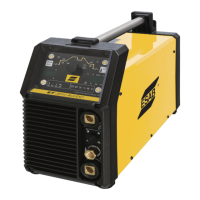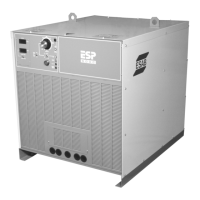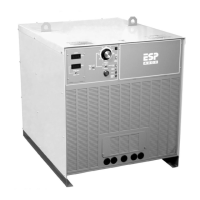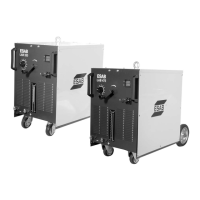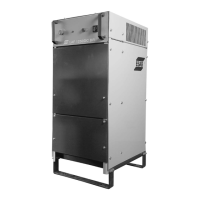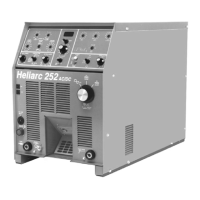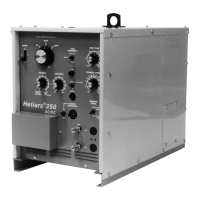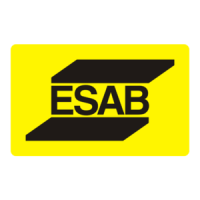What to do if ESAB ET 301i AC/DC creates undercut?
- BBrianna BryantAug 7, 2025
If your ESAB Portable Generator is creating undercut, it means a groove has formed in the base metal adjacent to the weld toe that hasn't been filled. This can happen if: * The welding current is too high (reduce it). * The welding arc is too long (shorten it). * The electrode angle is incorrect (it should be at least 45° to the vertical face). * The joint preparation doesn't allow the correct electrode angle (allow more room for manipulation). * The electrode is too large (use a smaller gauge). * There's insufficient deposit time at the weave edge (pause momentarily to allow weld metal buildup).
